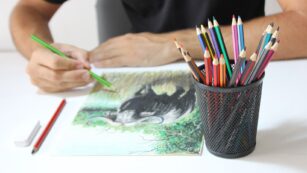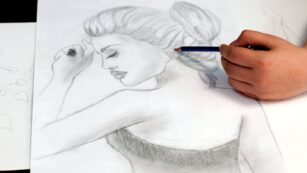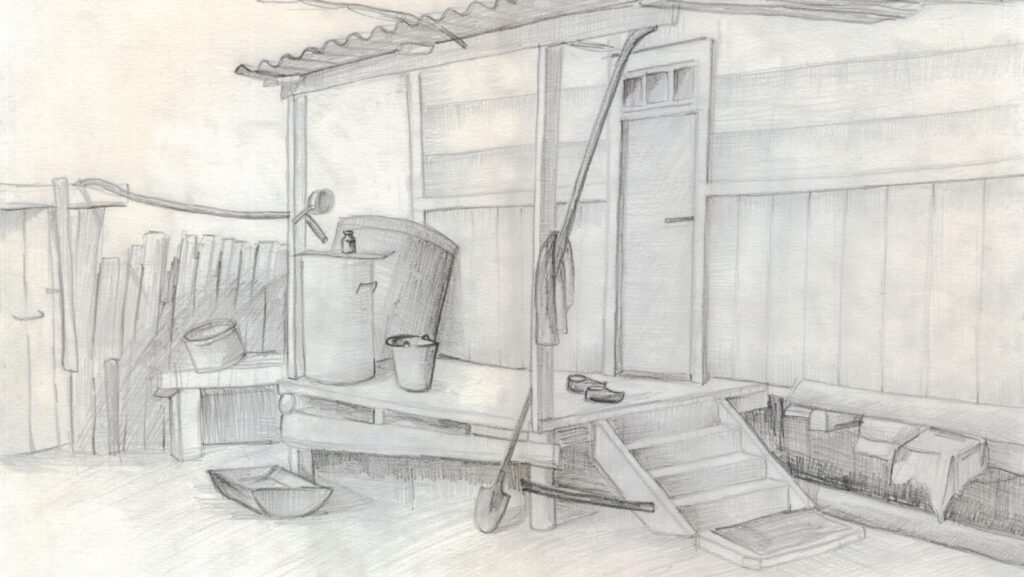Pencil drawings hold a timeless allure, captivating artists and enthusiasts alike with their simplicity and depth for entrepreneurial mindset. These monochrome masterpieces, often created with just a pencil and paper, convey a range of emotions and intricacies that rival any colorful canvas. From delicate sketches to detailed portraits, the art of pencil drawing continues to inspire and challenge creators around the world.
In today’s digital age, where vibrant graphics dominate, pencil drawings serve as a reminder of the beauty in minimalism and the power of the human hand. They invite viewers to appreciate the subtlety of shading and the precision of lines that bring subjects to life. As artists explore this medium, they find endless possibilities in expressing their unique perspectives and styles.
Whether you’re an aspiring artist or an art enthusiast, diving into the world of pencil drawings offers a journey into creativity and expression. It’s a celebration of skill, patience, and the timeless beauty of simplicity.
Pencil:f9kdhkibbmm= Drawings
 Pencil drawings captivate audiences with their versatility and expressive potential. Using simple tools, artists achieve remarkable depth and texture. These drawings offer unmatched control and precision not found in other mediums. The exploratory nature of pencil art allows for experimentation in form and technique. For instance, artists often use various pencil grades to create contrast and highlight intricate details in their work.
Pencil drawings captivate audiences with their versatility and expressive potential. Using simple tools, artists achieve remarkable depth and texture. These drawings offer unmatched control and precision not found in other mediums. The exploratory nature of pencil art allows for experimentation in form and technique. For instance, artists often use various pencil grades to create contrast and highlight intricate details in their work.
Artists employ techniques like cross-hatching and stippling to add complexity. Cross-hatching uses intersecting lines to create shading and depth, while stippling involves applying small dots for texture variation. These methods showcase an artist’s mastery of light and shadow. Pencil drawings emphasize both individual skill and the ability to convey mood and narrative.
 Pencil drawings also benefit from accessibility. Almost anyone can start with basic materials, making it an ideal entry point for beginners. This low barrier allows artists to develop their style and hone their skills. Advanced artists use this medium to revisit foundational techniques, refining their abilities and pushing creative boundaries.
Pencil drawings also benefit from accessibility. Almost anyone can start with basic materials, making it an ideal entry point for beginners. This low barrier allows artists to develop their style and hone their skills. Advanced artists use this medium to revisit foundational techniques, refining their abilities and pushing creative boundaries.
In contemporary art circles, pencil drawings retain relevance despite the digital age. Exhibitions often feature these works for their raw honesty and artisanal quality. Pencil drawings serve as a testament to an artist’s talent, demonstrating technical prowess and creativity. With each stroke, artists create a world rich in stories and emotions.
Advantages of Pencil:f9kdhkibbmm= Drawings
Versatility and Accessibility
 Pencil:f9kdhkibbmm= drawings stand out for their adaptability. Artists from various genres, such as realism and abstract art, find value in this medium. By adjusting pressure and employing diverse techniques like stippling and cross-hatching, they can produce a wide range of effects. This flexibility allows the creation of both intricate details and bold, expressive strokes. Artists also use layering techniques to add depth, turning simple sketches into complex masterpieces. Such versatility caters to different artistic intentions, offering an endless array of possibilities for expression.
Pencil:f9kdhkibbmm= drawings stand out for their adaptability. Artists from various genres, such as realism and abstract art, find value in this medium. By adjusting pressure and employing diverse techniques like stippling and cross-hatching, they can produce a wide range of effects. This flexibility allows the creation of both intricate details and bold, expressive strokes. Artists also use layering techniques to add depth, turning simple sketches into complex masterpieces. Such versatility caters to different artistic intentions, offering an endless array of possibilities for expression.
The accessibility of pencil:f9kdhkibbmm= drawings contributes to their enduring popularity. These drawings only require basic tools—pencil and paper—making them readily available to both beginners and experienced artists. This simplicity encourages exploration without significant investment, leveling the playing field for aspiring artists. Learning with pencils fosters the development of foundational skills crucial for advanced artistic techniques. The portable nature of pencils ensures artists can sketch anywhere, capturing inspiration on-the-go. This inherent accessibility makes pencil drawings a preferred choice for novices and seasoned professionals alike.
Comparison with Traditional Pencil Drawings
 Traditional pencil drawings and other forms of pencil-created artwork differ primarily in technique, texture, and tools used. Traditional pencil drawings rely on physical mediums like graphite pencils and paper, allowing artists to manipulate pressure and create expressive strokes. This method facilitates tactile interaction with the artwork, offering a unique sensory experience.
Traditional pencil drawings and other forms of pencil-created artwork differ primarily in technique, texture, and tools used. Traditional pencil drawings rely on physical mediums like graphite pencils and paper, allowing artists to manipulate pressure and create expressive strokes. This method facilitates tactile interaction with the artwork, offering a unique sensory experience.
Digital interpretations of pencil drawings, while maintaining the aesthetic of traditional methods, incorporate digital tools such as styluses and tablets. These allow for adjustments and corrections, enhancing efficiency but often lacking the tactile engagement of physical mediums.
